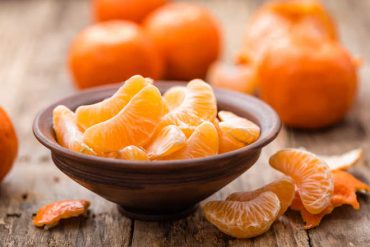Among the many things that the pandemic has adversely affected, the school life of children has been one of the worst-hit. With their routine tossed out of the window, gone are the days when a tiffin sounded appealing, and it has been replaced by freshly cooked meals. With in-person classes back on, tiffin boxes are once again an important matter related to kids’ nutrition. DCN answers your most pressing concerns about Kids’ Tiffin Nutrition.
Is there such a thing as an ideal tiffin?
An ideal tiffin would be a combination of all the main food components, that is, carbohydrates, proteins, fats, vitamins and minerals, and water. But it is not always possible to combine all these in a single tiffin and this is best approached over a period of an entire day.
What is an easy way of ensuring nutritious tiffin meals?
Picking foods by colour is an easy method to add different nutrients. The target is to eat five different colours in a day and aim to pack one or two colours in the tiffin. You must have at least two colours before the first half of the day, one from fruits and one from vegetables.
After two years of homeschooling, what things can make the transition easier for children in terms of the food that we pack in their tiffin?
Over the time the kids have been home, they have become used to eating warm, freshly prepared meals, and also meals that are easy to serve, such as cornflakes and porridge. These are not possible in a tiffin. We can keep them looking forward to their tiffin meals by adding variety and making it attractive to them.
What other factors should you take into account when packing a tiffin?
In a school, apart from the physical activity periods, kids are mostly engaged in similar activities and have more or less the same nutrition requirements. For a kid who is more physically active or is into sports, you should add a serving of protein to be consumed immediately after the activity. It is also beneficial to give him an extra bottle of fluid, such as lemonade, Yakult or buttermilk.
How can we add protein to the tiffin?
You can add paneer to the parathas, chickpea salad to the sandwiches, and french beans and mushrooms to the pasta. You can get creative about how you add sprouts, dal and chana in chaats, Rotis and wraps. By packing two portions, or one small and one big portion, you can play around with flavours and foods that your child prefers.
Recipes: Red besan chilla, Hung Curd Sandwich, Strawberry Smoothie, Multigrain Uttapam
How should you plan for indigestion and intolerance?
By the time kids reach school, most parents are aware of their indigestion and intolerances. If there are specific foods that trigger a response, try to educate the child so as to avoid that particular food. Encourage them not to share other children’s tiffins to steer clear of accidentally consuming something that doesn’t agree with their digestion. Do not force children to have milk in the morning, especially if it gives them indigestion. It is better to serve them curd as it is more gut-friendly.
Food is comfort. How can we ensure that while bringing children some emotional comfort, it continues to be nutritious?
The best way to do this is to get creative.
Explore our kid-friendly recipes here.
Try to dish up colourful treats that not just add nutrition, but are also soothing to the eyes. Food is a wonderful medium to offer nutritional and emotional support to a child who is back at school after a long break. By putting their preferences first, and designing the tiffin meal accordingly, it is relatively simple to offer both nutrition and emotional comfort.
Is there any way that we can hide nutritious things in tiffin for a fussy eater?
The best way to add more nutrients to the diet of a fussy eater is by adding different grains, pulses and legumes. You do not have to add them in a 50-50 ratio, instead, add a spoon of grains like Ragi or legumes like Kala chana or soybean in wheat flour. You can knead the dough for roti using boiled vegetables or dal, or grate vegetables to the mixture of your cheela or sandwich. This ensures that without changing the taste much, you hide more nutrition in the same meal.
For further guidance that is specific to a particular kid’s requirements, get in touch with us.




